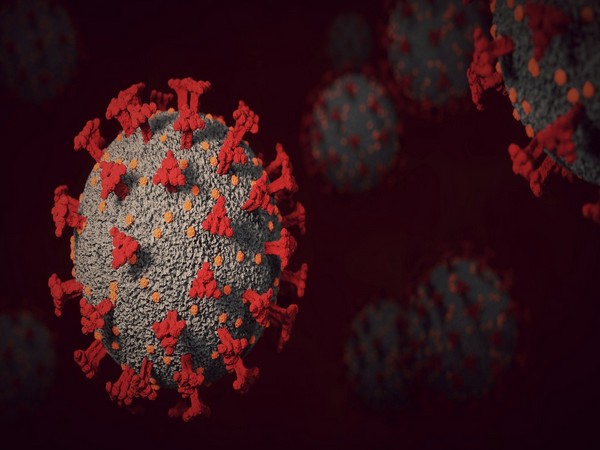FACTBOX-How the coronavirus is transmitted
**A group of mainly U.S.-based researchers in August last year reviewed https://www.science.org/doi/epdf/10.1126/science.abd9149 the available evidence on how the coronavirus moves between people and found "unequivocal evidence of airborne transmission" via tiny inhalable particles that linger in the air. Transmission through surfaces has been found to be far less efficient, they added.

China is urging people to wear masks and gloves when opening mail, especially from abroad, after authorities suggested the first case of the Omicron coronavirus variant found in Beijing could have arrived via a package from Canada. The advice follows a similar scare in 2020 when people in Beijing were believed to have come into contact with the novel coronavirus that causes COVID-19 by touching boards used for chopping imported salmon.
Below is how authorities and researchers have described the ways in which the coronavirus travels from one person to another. There is no evidence so far that Omicron, which has superseded the Delta variant in many regions of the world, is transmitted in ways markedly different from previous variants.
**The World Health Organization said in a document updated last month that current evidence suggests the virus spreads mainly through close contact between people. Speaking and breathing produce small, liquid, virus-carrying particles that float through the air for longer periods of time and can be inhaled by others. Larger droplets can cause infections if they come into direct contact with the eyes, nose or mouth.
The WHO said people may also become infected when touching their eyes, nose, or mouth after touching surfaces or objects that have been contaminated by the virus. **The U.S. Centers for Disease Control and Prevention said https://www.cdc.gov/coronavirus/2019-ncov/more/science-and-research/surface-transmission.html in April last year that people are most likely to be infected with the coronavirus through virus-carrying droplets in the air.
Although it is possible for people to be infected through contact with contaminated surfaces or objects, the risk is generally considered to be low, it said. It added the risk of contracting the virus by touching an exposed surface is minor after three days, regardless of when it was last cleaned.
**The U.S. National Institutes of Health scientists concluded in August, based on experiments on hamsters, that virus transmission via contaminated surface contact is markedly less efficient than airborne transmission but does occur. **A group of mainly U.S.-based researchers in August last year reviewed https://www.science.org/doi/epdf/10.1126/science.abd9149 the available evidence on how the coronavirus moves between people and found "unequivocal evidence of airborne transmission" via tiny inhalable particles that linger in the air.
Transmission through surfaces has been found to be far less efficient, they added. Larger droplets that quickly sink to the ground are only a dominant transmission factor when people speak within 20 centimeters (7.9 inches) of each other.
(This story has not been edited by Devdiscourse staff and is auto-generated from a syndicated feed.)










